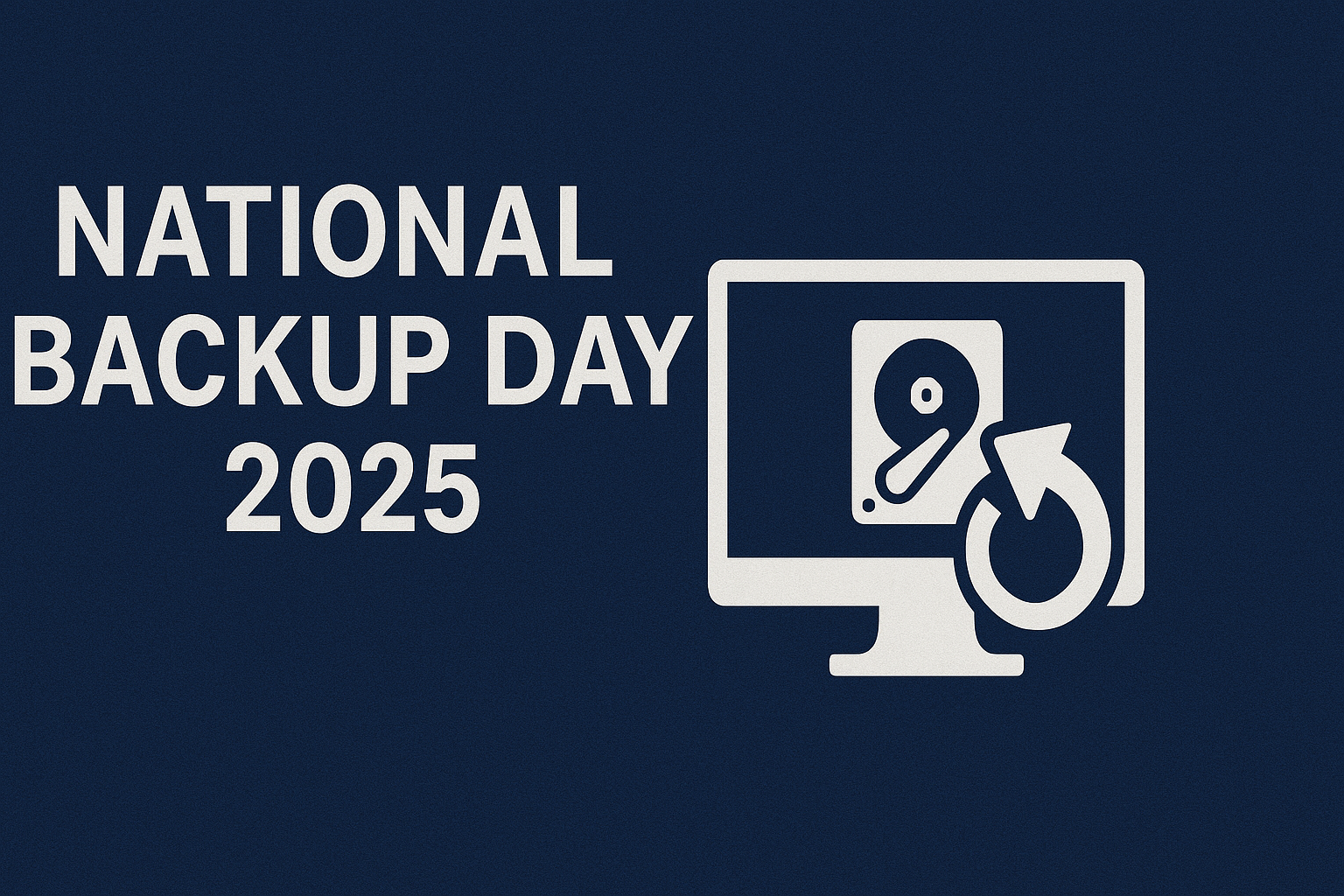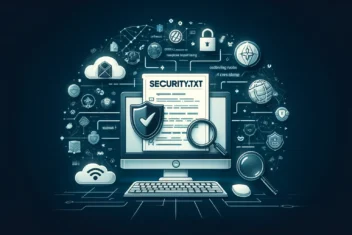National Backup Day 2025: The Untold Stories Behind the Data You Almost Lost
“There are two kinds of people: those who back up their data, and those who will.” — anonymous sysadmin, circa 2006.
In a world that runs on data, backup is the one silent act of rebellion against chaos.
March 31st — National Backup Day — often slides by under the radar of headlines dominated by ransomware, zero-days, and AI-enhanced phishing campaigns. But for those of us in the trenches of cybersecurity, digital forensics, and incident response, backup is not just a passive best practice. It’s a frontline defense mechanism — and sometimes, the only thing standing between a company and total digital collapse.
This year, we’re going beyond the platitudes. No checklists. No “remember to back up your family photos” PSAs. This is the story of why backup matters now more than ever, how threat actors are evolving their tactics to corrupt or erase backups, and what modern backup strategies look like in a world where attackers think five steps ahead.
The Ransomware Evolution: Kill the Backup, Kill the Recovery
Let’s not sugarcoat it: the golden age of ransomware wasn’t in 2020 — it’s now.
Threat groups have grown more aggressive, technically sophisticated, and patient. One trend our team has been tracking: attackers are no longer just encrypting files. They’re hunting backups like trophy kills.
Take the late-2024 campaign attributed to the LockBit 4.0 fork, where threat actors sat undetected in networks for up to 40 days before deploying ransomware. During this dwell time, they scouted backup servers, disabled snapshot services, and quietly exfiltrated archives to leak sites.
When the encryption finally came, even the offsite copies were either outdated, incomplete, or compromised.
In one case our team investigated, a manufacturing company’s NAS-based backups had been silently tampered with over months. Permissions were modified to prevent restores, and the logs — scrubbed clean.
By the time the incident response team arrived, the data wasn’t just encrypted. It was gone.
The Psychology of False Security
What makes backup tricky in 2025 isn’t just the tech — it’s the mindset.
Many organizations still operate under the assumption that “we have backups” is synonymous with “we’re resilient.”
But when we ask about:
- Backup frequency
- Recovery point objectives (RPO)
- Recovery time objectives (RTO)
- Immutable storage
- Tested restore workflows
—we’re often met with blank stares or half-answers.
The reality? Backups don’t count unless they can be restored under pressure.
One client, a fintech firm, had a gold-standard backup policy on paper. But when hit with a SQL injection attack in early 2025 that cascaded into data corruption, they discovered their nightly backups had been overwriting corrupted databases for 18 days straight.
Their most recent clean restore point? From the previous fiscal quarter.
The Cloud Conundrum: You Are Responsible
With the surge in SaaS and cloud-first architectures, a dangerous assumption has taken root: “The cloud provider handles backups.”
Spoiler: they don’t. At least, not the way you think.
Services like Microsoft 365, Google Workspace, or AWS offer availability, not comprehensive data protection. If your company suffers a misconfigured S3 bucket deletion or a malicious insider wipes out shared drives, cloud-native “trash” bins and version history often don’t meet compliance standards or recovery needs.
In 2025, our incident response team handled a case where a client’s entire Azure Blob container was deleted by a compromised API token. Microsoft had no obligation to restore — and the client had no off-cloud replica.
Backup in the Age of AI: New Frontiers, New Risks
AI is transforming backup — both in how we protect data, and how attackers compromise it.
✳️ AI for Good
- Anomaly detection in backup patterns can flag ransomware encryption in progress.
- Predictive restoration models can prioritize mission-critical data first during a partial restore.
- Automated policy enforcement ensures critical files are not excluded by mistake.
⚠️ AI for Evil
- LLMs are being used to generate scripts that disable backups based on platform-specific weaknesses.
- Some advanced ransomware now features backup-aware payloads, dynamically seeking and corrupting backup catalogs, VSS, and snapshot archives.
What Modern Backup Resilience Looks Like in 2025
A robust strategy today must assume that:
- The main network is compromised.
- Attackers are aware of your backup strategy.
- Human error is inevitable.
The response? Zero trust meets zero-day recovery.
Here’s what that looks like in practice:
Immutable Storage
Your backup archives should be write-once, read-many (WORM) — stored in a way that no user (even admins) can modify them post-write.

Offline & Air-Gapped Copies
The 3-2-1 model still holds:
- 3 total copies of your data.
- 2 different storage types.
- 1 offline or air-gapped.
Really want to take it to the next level? Consider: 4-3-2-1-0, an evolved model some SecDesk clients use:
- 4 copies, 3 media types, 2 offsite, 1 offline, 0 backup failures on last test.
Restore Drills
Quarterly live-fire drills are mandatory. Restore your critical systems under a simulated attack scenario and measure actual RTO/RPO — not just what’s written in the policy.
Role-Based Access to Backups
Only essential personnel should have access to backup controls. Monitor access logs, and consider decoy credentials to detect lateral movement toward backup infrastructure.
Secure Your Backup Maps
Threat actors look for backup catalogs and configuration files first. Protect your backup metadata just as vigorously as your data.
Real Talk: You Will Be Judged on Recovery
Boards, regulators, and customers no longer care that you got breached. They want to know:
- How fast did you recover?
- How much data did you lose?
- What did it cost?
A solid backup strategy — tested, hardened, and modernized — is how you control that narrative.
As one CISO told us after recovering from a major data breach with minimal downtime:
“The breach hurt. But our recovery was our redemption.”
SecDesk’s Role in Your Backup Resilience Strategy
At SecDesk, we don’t just advise on backups — we test them like an attacker would.
Our Backup Resilience Assessments simulate real-world ransomware, insider sabotage, and supply chain disruptions to uncover where your strategy breaks down. We don’t stop at finding gaps — we help you fix them.
And for clients seeking compliance with NIS2, DORA, ISO 27001, or the Cyber Resilience Act — robust, tested backups aren’t optional. They’re fundamental.
Final Word for National Backup Day
March 31st isn’t just a calendar reminder. It’s a checkpoint.
If you’re reading this and haven’t validated your backup strategy in the last 90 days, this is your moment.
Make this National Backup Day more than a hashtag. Make it the reason you survive the next breach.


